Influencer collaborations happen in many different ways. Depending on your brand, reputation, and product, you can get influencers to promote your product for free, for barter, or a fixed price. Some influencers are very picky and even if you offer thousands of dollars for promoting your products and services they may still reject it.
If you have a specific influencer in mind and you want them to promote your product there are several ways of achieving an agreement. It is a lengthy process that requires a lot of communication, planning, and negotiations. We know some tips and tricks that can help you get an influencer to promote your product, but you would have to invest in the process (both in terms of finances and effort).
The article will teach you different methods and approaches to finding influencers who would love to promote your product and persuading them to do so.
Who Are Influencers and Why Are They Relevant?
Influencers are popular people on the internet. They can be bloggers, video content creators, celebrities, or social media profiles. There are no universally agreed criteria that define an influencer. But in general, it is a person who has a considerable amount of followers or subscribers and an engaged audience.
In the past, having thousands of followers was enough to get offers from marketers as an influencer. But it has changed in recent years. Now, digital marketers pay more attention to the engagement metrics of the influencers’ profiles. For example, how many people like and comment on influencers’ posts, how many of them watch the story and follow the links indicated in the content – this information is more valuable than 10K followers on Instagram or TikTok.
Brands find influencers who have similar interests and overlapping audiences. For instance, a haircare company will not collaborate with an influencer who promotes home decor products online. This means that the niche and industry play an important role in choosing an influencer. Audience is another significant factor – an entertainment brand won’t work with a social media figure who has an audience with an average age of 45+, as they target younger individuals.
Furthermore, many brands pay attention to the personality of an influencer. A professional marketer knows the significance of tone of voice and tries to match their collaborators to their brand identity.
It needs no explanation why finding the right influencer is extremely important for the success of any marketing strategy. But the following sections explain the process of finding the correct person for your brand and your business goals.
What to Look for When Deciding on an Influencer
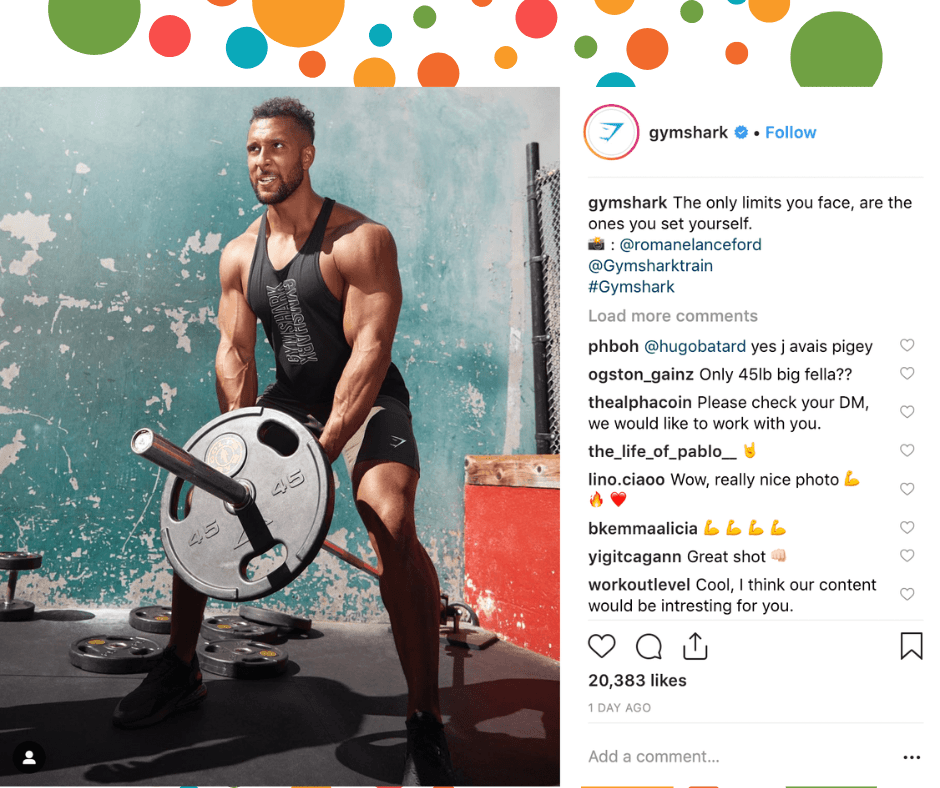

As we already mentioned, there are a lot of things you want to pay attention to when choosing an influencer. The factors that influence markers’ decisions range from audience demographics to niche and industry. Here is a more detailed outlook on influencer criteria for brands:
- Has the same values as your brand
- Their audience matches your target audience’s demographics and interests
- Both of you work in the same niche/industry
- Their main account has high engagement levels (likes, comments, shares, story views)
- Is authentic and genuine (no copycat or fake profiles)
- They communicate with their audience (respond to comments and questions)
- Has a considerable reach over the audience (less than 1K is generally unsuitable)
- Has a loyal follower base (people who regularly engage with their content)
- Produces high-quality content (content that provides value or entertains people)
- Has a history of previous collaborations (not necessary but can help you with your research)
- Is open to new ideas and negotiations (your communication should be smooth)
These are some general criteria that you need to keep in mind no matter what your business goals are or how popular the influencer is. If they tick all factors listed above it ensures that your collaboration will be successful. We cover more important details below that help you to get the right influencer to promote your product.
Niche
The very first characteristics you want to look for in an influencer are their niche and industry. If you both operate in the same market it maximizes the chances of a successful partnership. It also means that the audience that your influencer brings in is already interested in your niche and potentially your product, as well.
For example, if you are a fitness brand that sells clothing your best match is a personal trainer, nutrition specialist, or an influencer who shares fitness-related content. There are many benefits to why this collaboration will work. Firstly, the audience that follows your partner influencer is already interested in fitness. Secondly, they value and respect the opinion of an influencer, which means that their recommendation will be reliable and authoritative for followers. Finally, the promotion will seem natural and authentic – it does not look like a forced commercial in the eyes of the audience.
Choosing an influencer from the same niche benefits your brand image, credibility, and reputation, as well. People who are considered experts in their industry or whose voice is heard by thousands of people increase your brand recognition by promoting your product.
Authenticity
Many people underestimate the importance of authenticity in marketing. The Internet is full of popular faces, content, and product promotions. Very few people can come up with something new that hasn’t been on the internet in the past. This means that providing unique value, or unique selling point, is nearly impossible in the digital era.
The only way to stand out from other social media profiles, or online figures, is to be yourself. Those influencers who are authentic are more relatable to their followers. This forms an emotional connection between an influencer and subscriber and paves the way for trust. This is why digital marketers look for authentic accounts and value them more than profiles with millions of followers.
Engagement
Engagement is more important than follower count. You may have 100K followers but 100-200 likes per post and little to no comments. This may indicate problems for brands in collaborations: the followers may be fake, followers may not find influencers’ content interesting or useful, the account posts low-quality content, etc. So, for your brand and product exposure, it is best to look for high engagement rates.
Usually, what you want to look for depends on the influencer marketing platforms that your collaborators use. But, in general, the most important engagement metrics for influencer collaborations are:
- Likes
- Comments
- Shares
- Story views
- Story replies
- Reels/post saves
- Link clicks (in bio, posts, or stories)
Engagement Rate
Marketers calculate engagement rates in different ways. A simple formula for it is as follows:
- Number of comments, likes and shares divided by the number of followers.
- High = You’re probably doing something right! Low = Something needs to change for this to happen consistently.
Reach/followers
The audience reach and followers are not the same. It is also different from engagement metrics in many ways. Look at how many followers each account has relative to other people who share similar values as yours. This will give you an idea as to whether or not this influencer’s content would work for you more than others.
For example: if one person has 200k+ subscribers while another only has 10k+ subscribers – this does not mean that the first one suits you better. It could mean that there is likely overcompensation between both profiles’ audiences – simply because one person focuses on specific topics while another focuses more broadly across multiple platforms such as YouTube channels & blogs (which could explain why their audience doesn’t seem too diverse).
Audience demographic
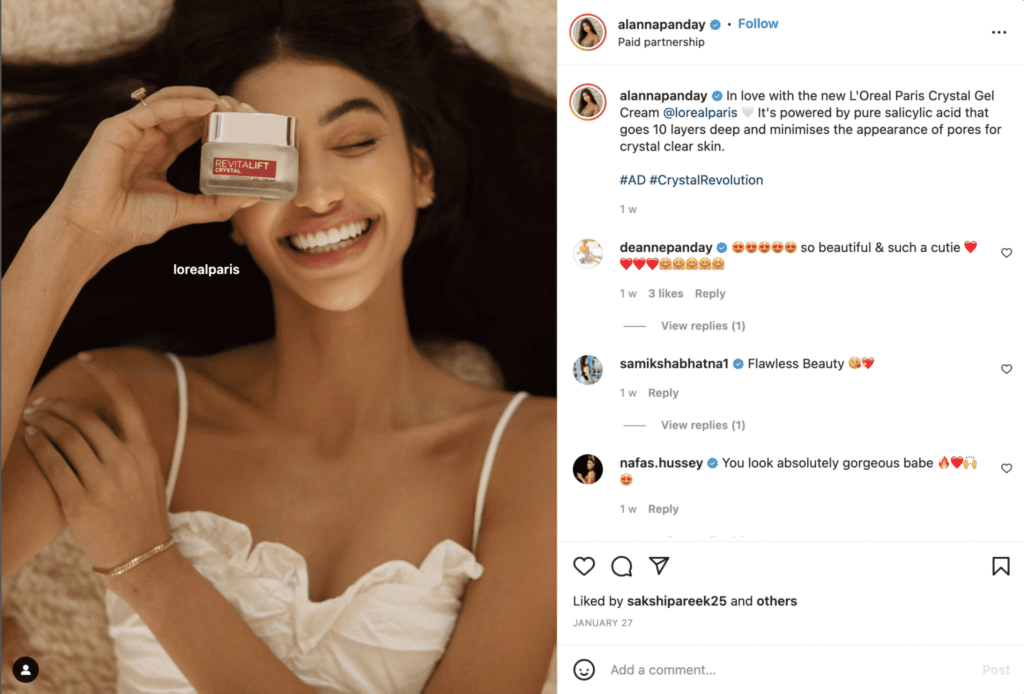

You probably understand why it is important to have similar audiences within the influencer partnership. The brands must make sure that they reach their target audience through different channels including influencer marketing. Any successful influencer marketing strategy focuses its outreach activities on audience demographics.
A few questions that can help you check the audience overlap or match between your brand and the influencer:
- What is the age range of an influencer’s audience?
- What are the main interests of the audience?
- Are there other social media channels they use? (for example, do they follow a specific influencer on TikTok, Instagram, YouTube, etc)
- Where are they located or what is their first language?
Frequency of posts
The next step is to look at how often an influencer posts. You can ask them about it directly or check their accounts – count posts per week. Ideally, you want influencers to post at least twice per week, or be active in their Instagram stories. If you’re going through their Instagram account and looking for new content, then it’s easy enough to see that they have a schedule of what they post and when. The best time to post on social media accounts for influencers is:
- Monday through Friday: 8 am – 5 pm
- Saturday/Sunday: 12 pm – 4 pm
Quality of content
Content is very important in any marketing strategy. You have little to no control over influencers’ content when collaborating with them. So, make sure that you like their content beforehand. Check the quality of posts, videos, and reels that they post. Consistency and relevance are two important things that the content must consider.
- Check if their content is relevant: Is this person talking about topics that are relevant to what you do? If not, maybe it’s time for someone else!
- Check their consistency: Does each video or photo look like the rest of their work? Are all the videos shot using different cameras (like smartphones)? Or cameras specifically designed for video production. Not just any old point-and-shoot would work here. This can help distinguish an influencer from others who may use similar equipment but lack consistency in quality across all pieces produced by them individually over time.
Other paid partnerships
As you’re looking for an influencer, it’s important to consider their past work. If they’ve worked with another brand or company before, that’s great! Look for influencers who have a history of successful partnerships. It means they can provide relevant advice and help you come up with a unique and efficient action plan.
Look at other paid partnerships. If an influencer has already partnered with other brands to promote and sell products, this shows that they have experience partnering with companies—and also makes them more likely to do so again if asked by yours!
How to Approach an Influencer for Product Promotion
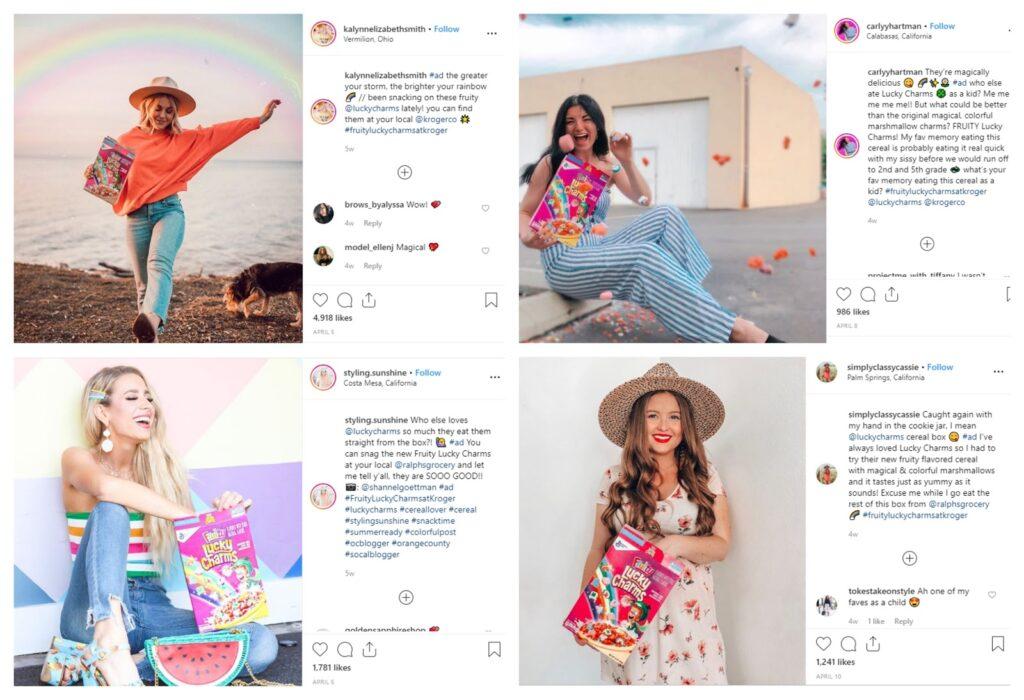

Keep in mind that not every influencer is right for your product. Just like you wouldn’t want to spam every person on your social media platforms with ads, you also don’t want to hound every influencer with requests. Instead, take the time to do your research and find the right ones. Once you’ve identified them, reach out with a personalized message that speaks to their interests.
Be clear about what you’re offering and what you expect in return. Don’t be afraid to ask for a review or a shout-out on social media. But remember that, everything considered, some may charge more than others.
Creating a Compelling Brand Story to Resonate With Your Influencers
Now it’s time to craft a story that will resonate with your influencers and make them want to work with you. This is considered part of your brand image. Start by identifying the values of your brand: what do you stand for, who do you serve, and how do you make a difference in people’s lives?
Create a story arc around your brand’s vision and mission. Think of it as a journey about your product development and how it can help the influencer achieve their goals. Don’t forget to include specifics about the product itself. Why should anyone choose it over the competition, why it’s unique, what are its features and benefits. Most importantly, be honest about who you are and why this product matters—a story without an authentic purpose won’t work.
It can be helpful to prep a few sentence-long summaries of your brand story so influencers have something to reference in their posts or videos. Make sure they have all the talking points they need to promote your product effectively.
Crafting a Proposal That Stands Out
Creating a solid proposal involves crafting a unique hook that will draw in potential partners. Keep in mind that even if your product is amazing, there are probably thousands of other brands vying for the same influencer’s attention. So how do you stand out? Stand out by creating an offer tailored to the influencer’s brand identity and style.
Some other things to include in your proposal are: incentives (e.g., free product or discounts), deadlines, brief details about your product, and any additional information (e.g., creative suggestions) that you think might be helpful. Make sure to keep your proposal professional—but also friendly and warm—and don’t forget to include links so they can easily check out your product or website.
Establishing an Agreement With Your Influencer
Your agreement should cover how the compensation fees for their services, what type of content they’ll need to create, how often they’ll post and when, who owns the content they produce, and so on. You should both be clear about your expectations and ensure that you’re both on the same page before moving forward.
Make sure that you set up a timeline for when the influencer will complete their work, so that you can keep track of your progress. Once you have an agreement in place, it’s important to maintain communication with your chosen influencers throughout the process. This way, if any changes are necessary (or if there are any issues), you can address them promptly.
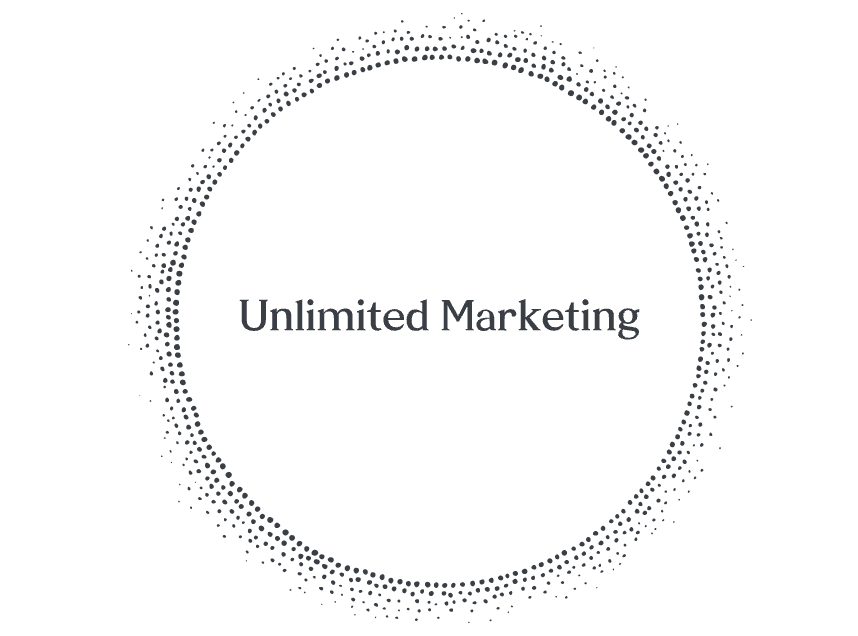
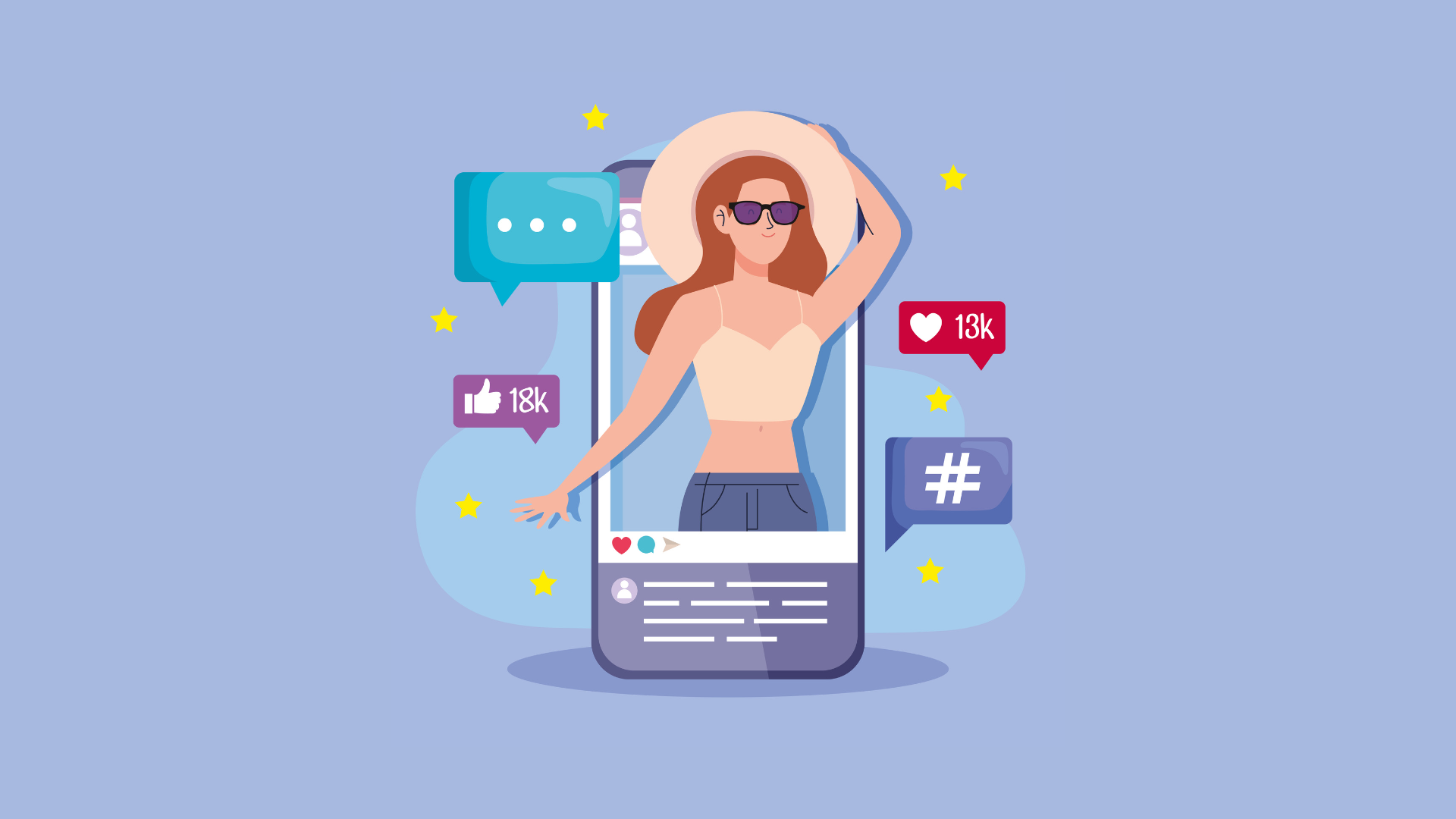
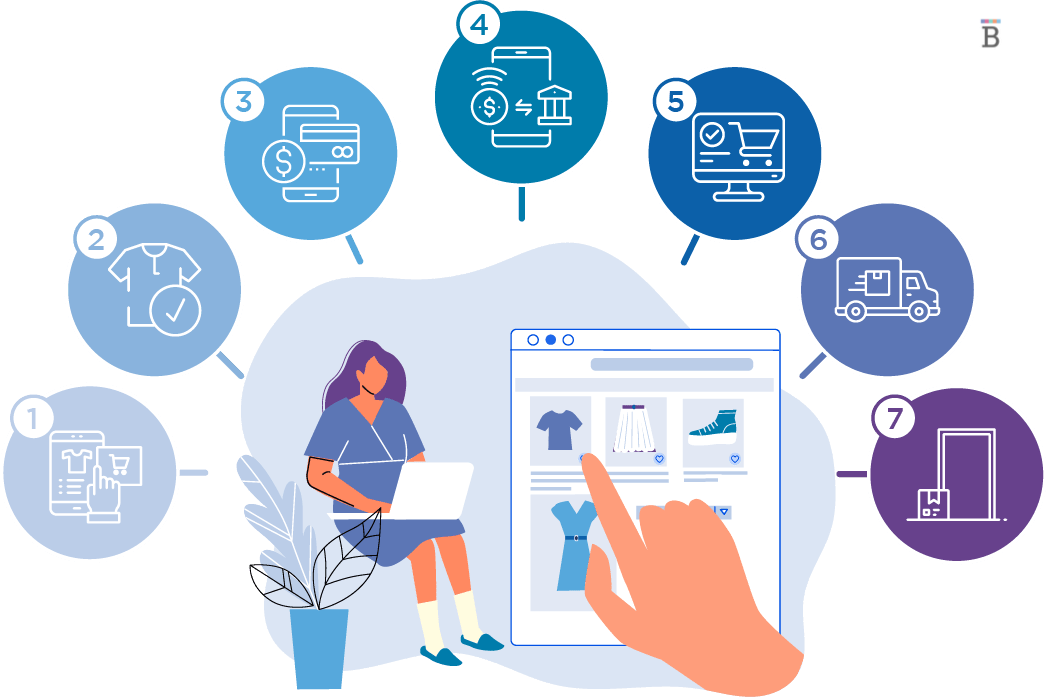



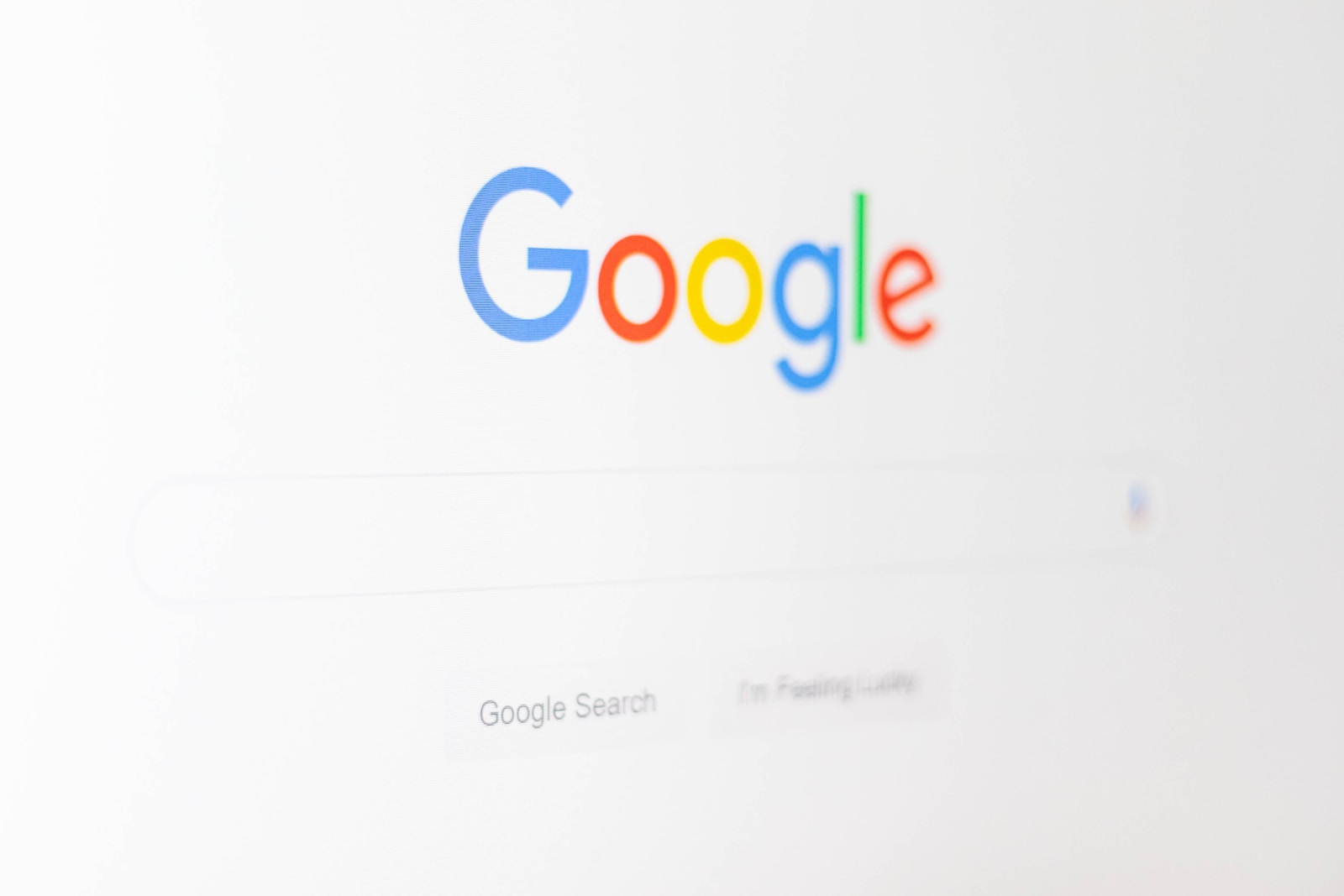
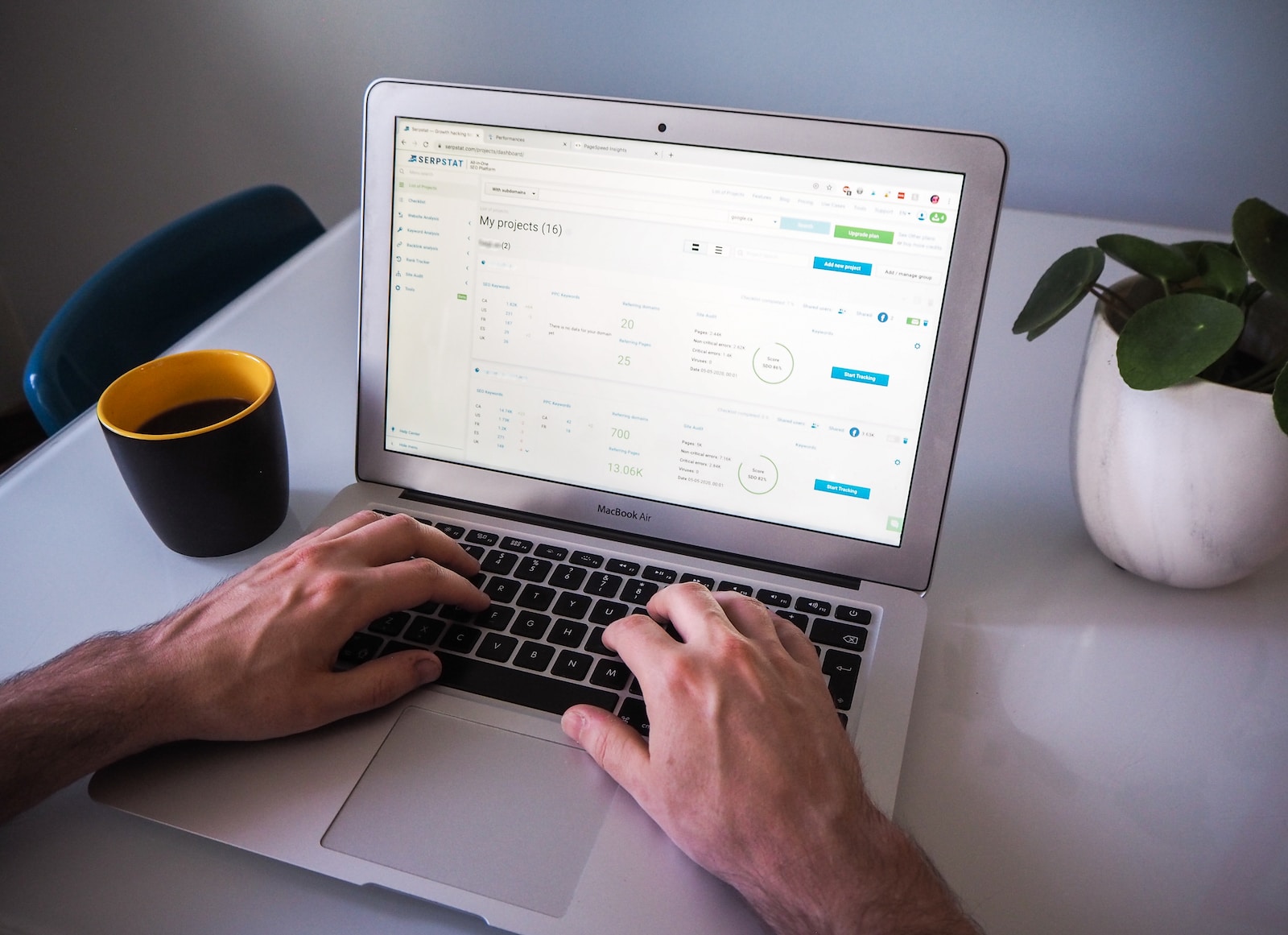
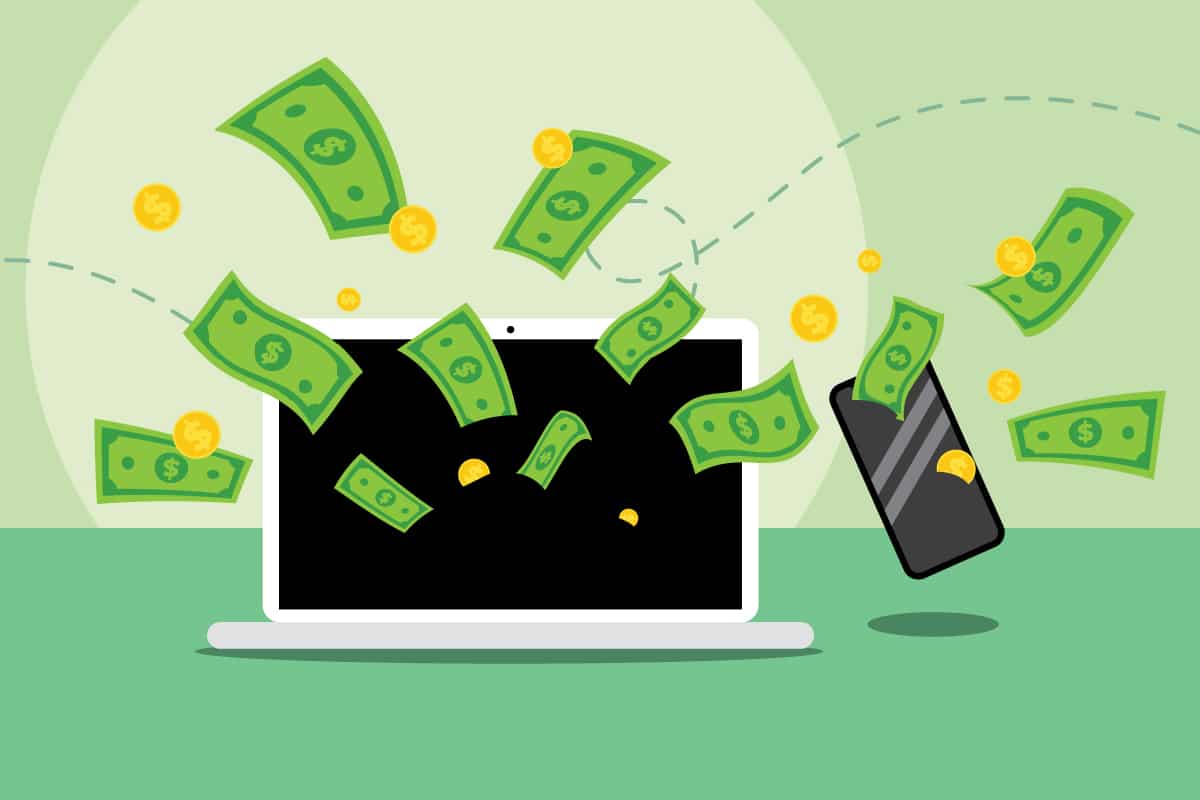


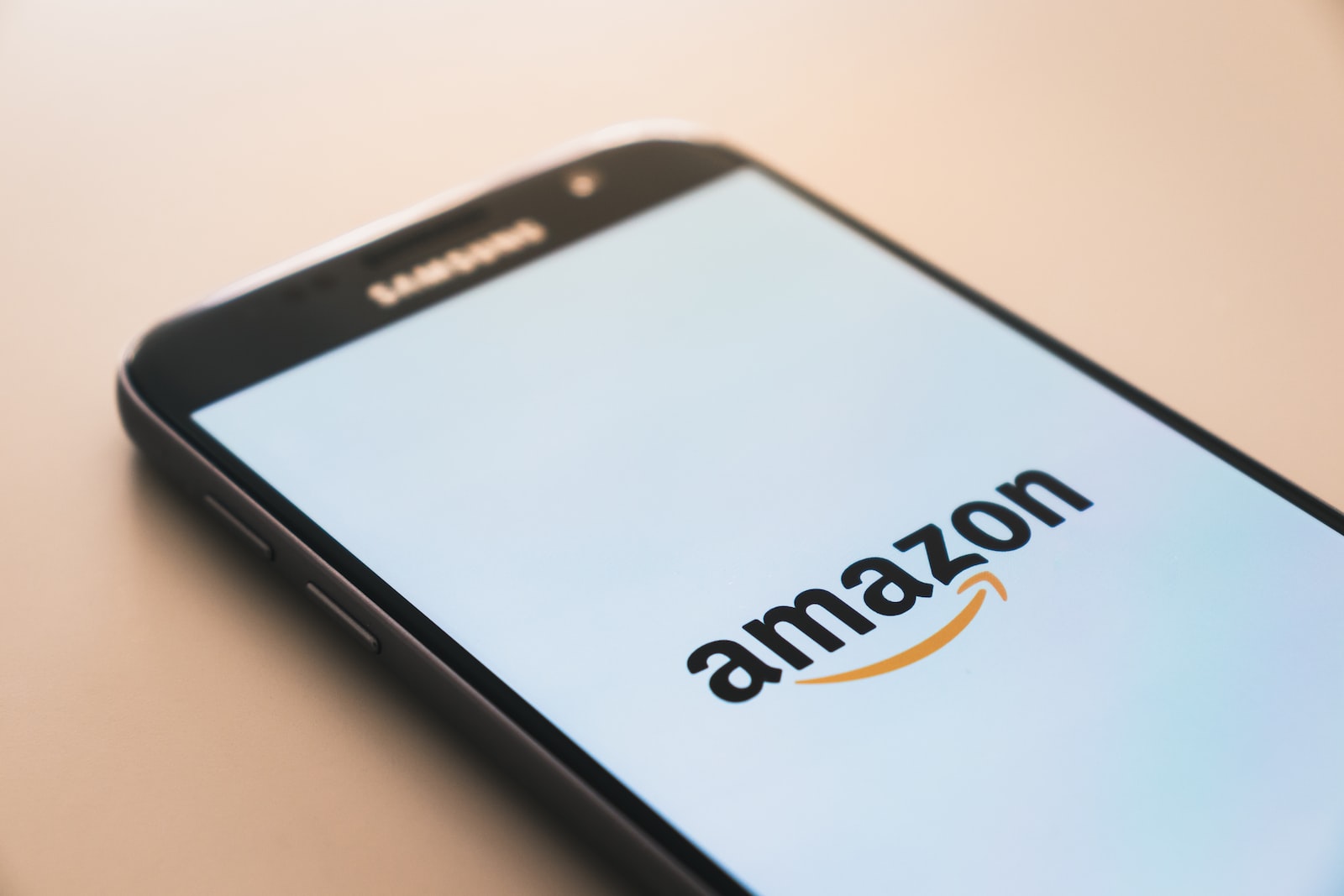

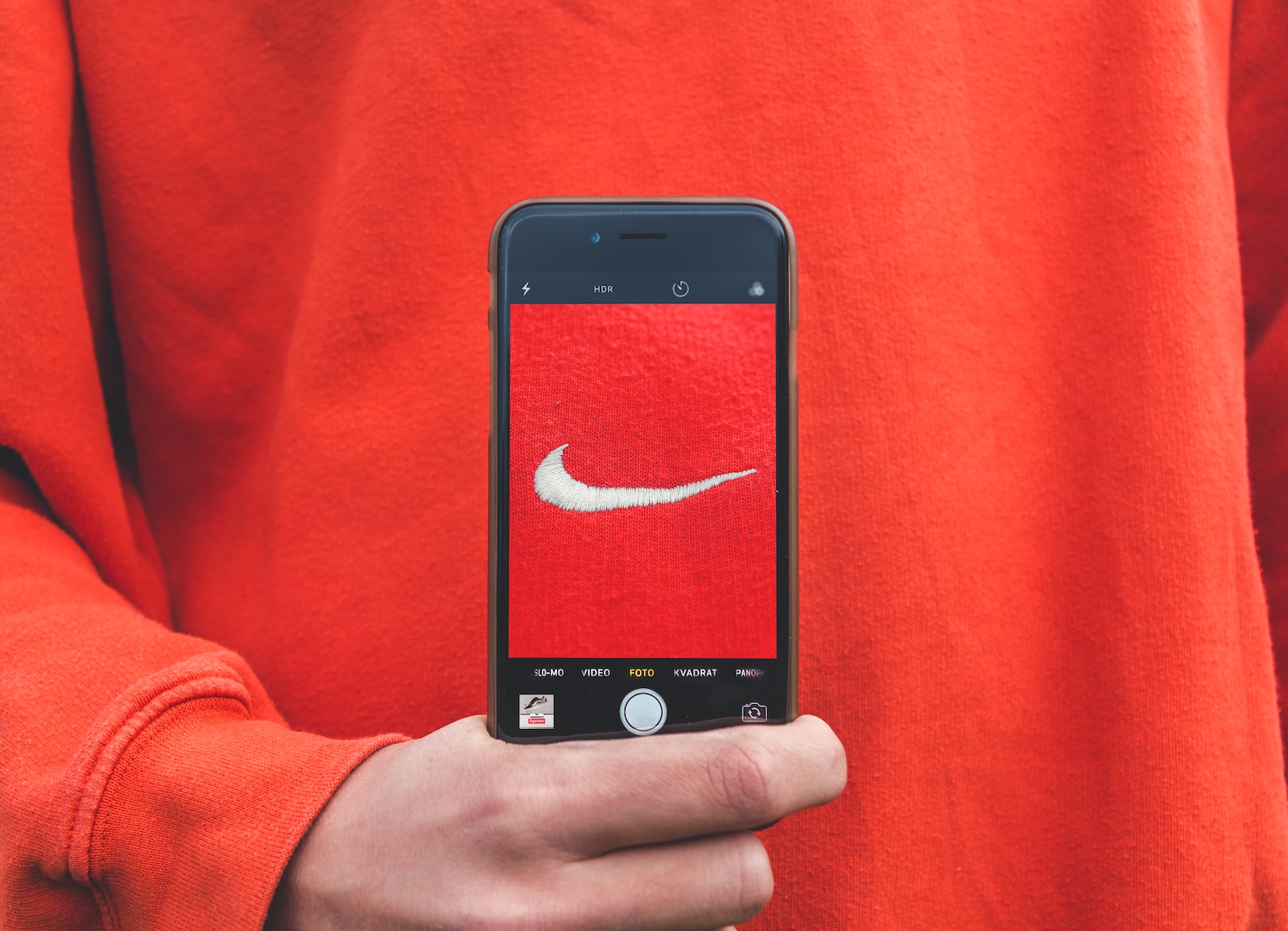




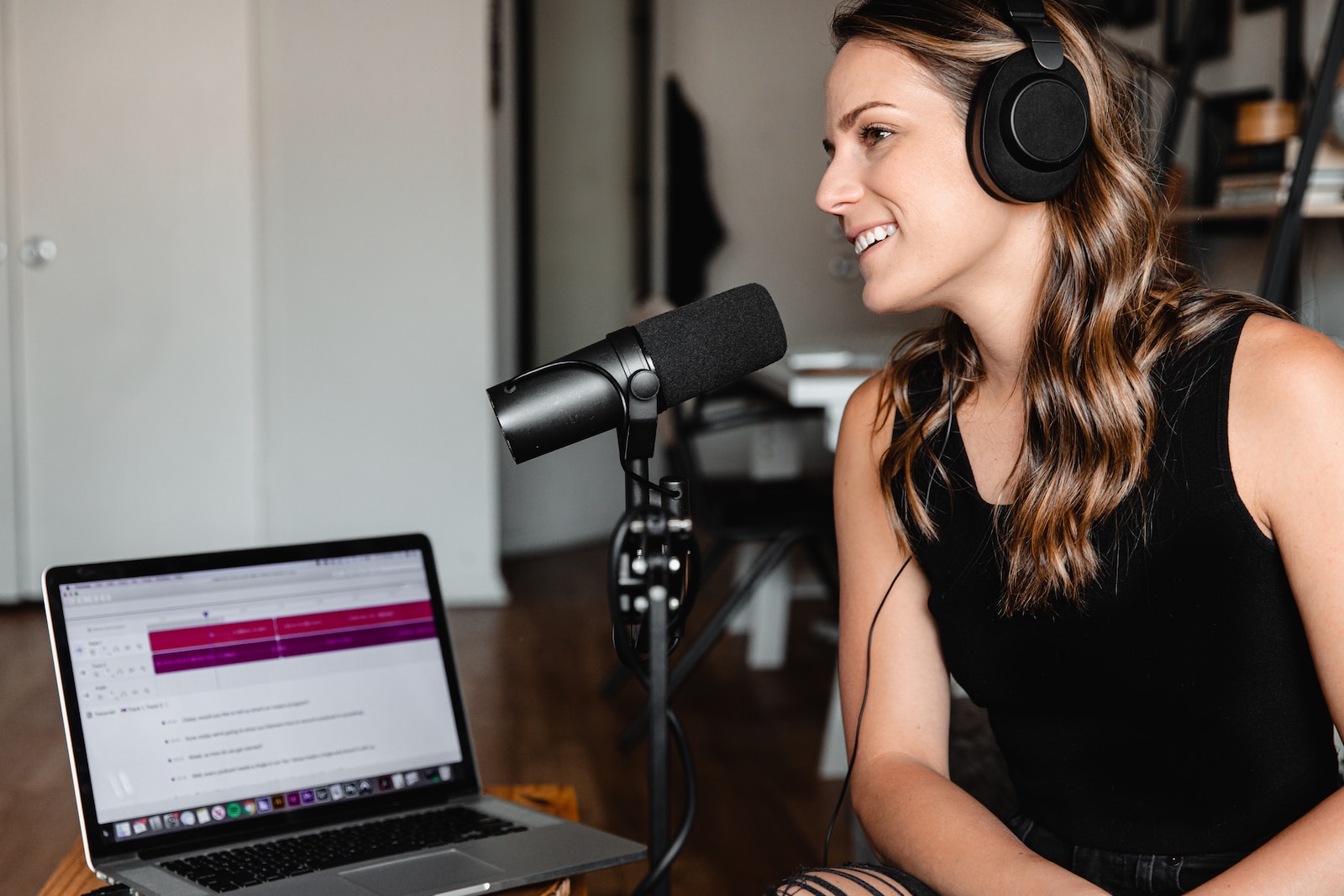


Leave a Reply
View Comments